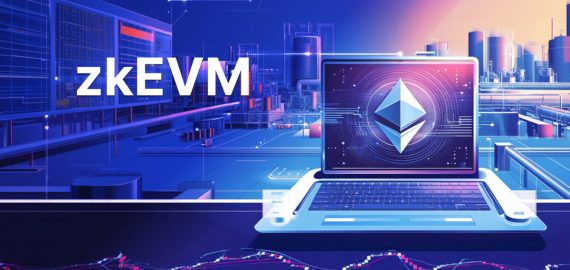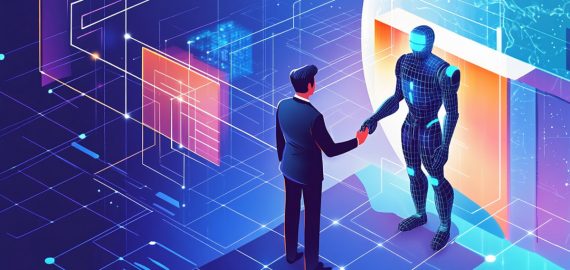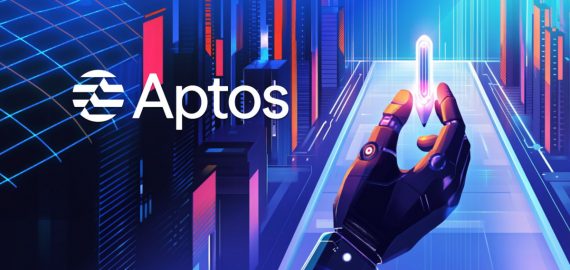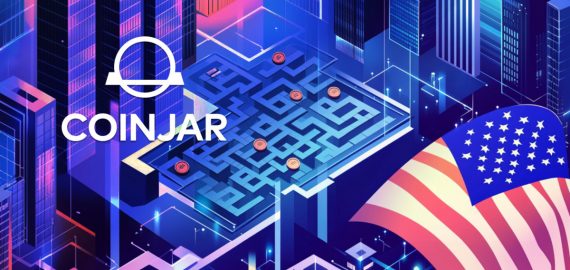IO.net: Decentralizing GPUs to Power the Next Wave of AI Innovation


In Brief
IO.net’s decentralization solution addresses global GPU shortage, enabling AI startups to contribute computing power, save costs, and focus on product development.
The global GPU shortage has created a bottleneck for AI developers, startups, and researchers — and Jack Collier, CGO of IO.net, believes decentralization is the solution.
“Most of the global GPU supply is controlled by three hyperscalers. Small AI startups face high prices, long waitlists, and rigid contracts,” Collier explains. “We thought, there has to be a better way.”
IO.net allows anyone — from large data centers to individuals with GPUs at home — to contribute computing power to the network. Users on the demand side can spin up GPU clusters in under 90 seconds, compared to weeks on traditional cloud platforms.
“AI startups can now innovate faster, save costs, and focus their budgets on product development rather than infrastructure,” Collier says.
Building on Lessons From DePIN and Beyond
Decentralized physical infrastructure networks are still a young concept, but IO.net is learning from predecessors in storage and bandwidth while forging its own path.
“Supply diversity is key. We incentivize contributors with our IO token — staking ensures GPUs perform as promised, and if they underperform, stakes can be slashed,” Collier explains. “It’s a novel approach to guaranteeing compute reliability.”
The platform also offers flexible access models: bare-metal GPUs, virtual machines, Kubernetes, and containers — meeting developers wherever they are in their workflow.
Speed Enables Innovation
IO.net’s rapid deployment of clusters opens possibilities previously hampered by cost and wait times. Collier points to an example in academia:
“At Hanyang University in Korea, students can now train AI models on-demand. They get immediate access to H100 and H200 GPUs, learn faster, and use funds more efficiently.”
From robotics to deep learning research, rapid access allows innovators to iterate quickly and reduce wasted resources.
Joining the IO.net Ecosystem
Collier emphasizes that IO.net is both a supply and demand platform.
“If you have GPUs lying around, contribute them. If you’re a developer, founder, or small team, use the network to train models or run inference,” he says.
“Think of our decentralized GPU cloud as the people’s rebellion against big tech — cheaper, faster, and more flexible.”
With a growing ecosystem and a focus on empowering AI innovation, IO.net is positioning itself as a vital alternative to centralized cloud providers, giving developers the tools they need to build the next generation of AI products.
“If you’re paying too much for infrastructure, you can’t focus on the product on top. IO.net solves that problem,” Collier concludes.
Disclaimer
In line with the Trust Project guidelines, please note that the information provided on this page is not intended to be and should not be interpreted as legal, tax, investment, financial, or any other form of advice. It is important to only invest what you can afford to lose and to seek independent financial advice if you have any doubts. For further information, we suggest referring to the terms and conditions as well as the help and support pages provided by the issuer or advertiser. MetaversePost is committed to accurate, unbiased reporting, but market conditions are subject to change without notice.
About The Author
Victoria is a writer on a variety of technology topics including Web3.0, AI and cryptocurrencies. Her extensive experience allows her to write insightful articles for the wider audience.
More articles

Victoria is a writer on a variety of technology topics including Web3.0, AI and cryptocurrencies. Her extensive experience allows her to write insightful articles for the wider audience.

















































